Review: Alex Ross Perry’s Queen of Earth
July 4, 2016
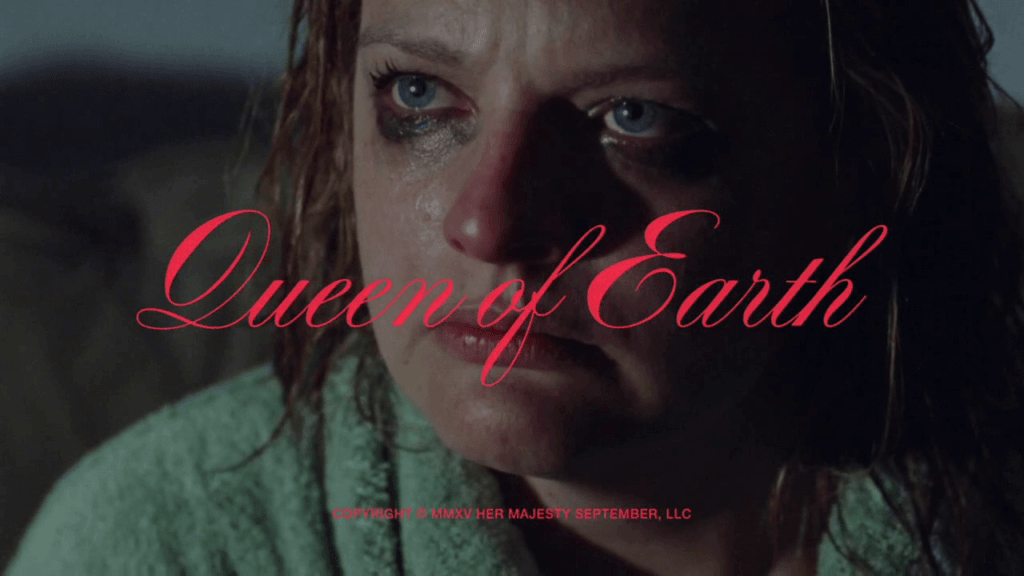
Alex Ross Perry’s previous film, Listen Up Philip (2014), was an incisive and erudite tale of literary ambition and personal failure which channelled Philip Roth and Woody Allen to create something akin to Wes Anderson with an injection of vitriol. Indebted to the mumblecore movement of the early ’00s, Perry has made his name with sardonic, micro-budget studies of flawed, flailing characters like The Color Wheel (2011). But in a departure not dissimilar from Allen’s following up Annie Hall (1977) with Interiors (1978), Perry’s latest is a claustrophobic little psychodrama which feels like an attempt to reconcile European arthouse with American grindhouse and Italian ‘Giallo’ horror.
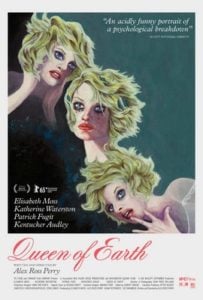 Queen of Earth details the fraught friendship between Catherine (Elisabeth Moss) and Virginia (Katherine Waterston). Like many of Ross’s protagonists, Catherine is at a low ebb in her life; her father, a famous artist, has recently committed suicide and her relationship with James (Kentucker Audley) has ended acrimoniously. Catherine seeks exile from her woes by joining Virginia at a lake house owned by Virginia’s parents; but it quickly becomes apparent that what transpired between Catherine and Virginia the last time Catherine visited the lake house with James has changed the complexion of their friendship. Add to the mix Rich (Patrick Fugit), a snide neighbour whose relationship with Virginia places him at odds with Catherine, and you have a toxic morass of grief, envy and resentment.
Queen of Earth details the fraught friendship between Catherine (Elisabeth Moss) and Virginia (Katherine Waterston). Like many of Ross’s protagonists, Catherine is at a low ebb in her life; her father, a famous artist, has recently committed suicide and her relationship with James (Kentucker Audley) has ended acrimoniously. Catherine seeks exile from her woes by joining Virginia at a lake house owned by Virginia’s parents; but it quickly becomes apparent that what transpired between Catherine and Virginia the last time Catherine visited the lake house with James has changed the complexion of their friendship. Add to the mix Rich (Patrick Fugit), a snide neighbour whose relationship with Virginia places him at odds with Catherine, and you have a toxic morass of grief, envy and resentment.
Being the cineaste he is, Perry has stacked Queen of Earth with a range of stylistic and thematic references. But this is more than a string of cinematic citations: the film may owe a debt to Fassbinder and Cassavetes in its ‘exploration of broken women’; and early Polanski works like Knife in the Water (1962), Cul-De-Sac (1966) and, particularly, Repulsion (1965) in its woozy depiction of characters trapped together in spiralling psychosis; but Perry and his crew are able to transcend these touchstones with the craft they bring to Queen of Earth. Queen of Earth abounds with compositions which articulate subtext and heighten the film’s deepening sense of unease; Robert Greene’s editing is consciously constructed to have a jarring effect, not only in its use of abrupt cuts but the decision to linger on shots; Sean Price Williams’ super-16mm photography strikes the perfect balance between grit and grandeur; while Keegan DeWitt’s ominous, atonal score ramps up the foreboding.
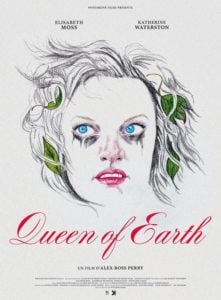 Perry’s move away from the verbosity of Listen Up Philip to a looser, more improvisational structure gives Queen of Earth a thrilling energy and anxiety. It also helps to have as your lead one of the most compelling actors currently working; and Queen of Earth showcases exactly what Moss is capable of. Moss delivers a bare, brave and frequently unsettling central performance which for all its emotional force steers clear of histrionics. It is not the showier aspects of Moss’s performance that really impress, but the moments when she is quiet, still or thinking. Waterston complements this with a beautifully brittle performance which serves as a perfect counterpoint to Moss’s intensity; the passive-aggressive battles between the two underline that these are psychic vampires locked in a mutually destructive union.
Perry’s move away from the verbosity of Listen Up Philip to a looser, more improvisational structure gives Queen of Earth a thrilling energy and anxiety. It also helps to have as your lead one of the most compelling actors currently working; and Queen of Earth showcases exactly what Moss is capable of. Moss delivers a bare, brave and frequently unsettling central performance which for all its emotional force steers clear of histrionics. It is not the showier aspects of Moss’s performance that really impress, but the moments when she is quiet, still or thinking. Waterston complements this with a beautifully brittle performance which serves as a perfect counterpoint to Moss’s intensity; the passive-aggressive battles between the two underline that these are psychic vampires locked in a mutually destructive union.
What is striking about Queen of Earth is the fact that little of any objective narrative substance actually occurs, but it is never anything less than riveting throughout. Small things assume deep significance within this bubble of self-absorption; helped in large part by sound design which lends a queasy fascination to the most miniscule action, and replicates the characters’ fractured perspectives. Queen of Earth is a work which traces the contours of loneliness and the bonds of co-dependency; it finds Perry ready to progress beyond the constraints of indie filmmaking, should he choose to do so. From a selfish perspective, one hopes he continues to make films this small but perfectly formed for many years.
Follow Daniel Palmer on Twitter at @mrdmpalmer
Filed under: Film, TV & Tech
Tagged with: alex ross perry, elisabeth moss, film, katherine waterston, polanski
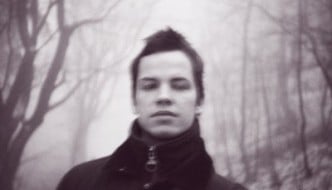

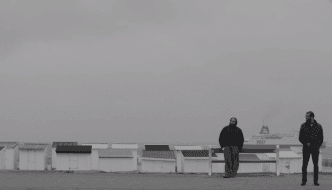
Comments